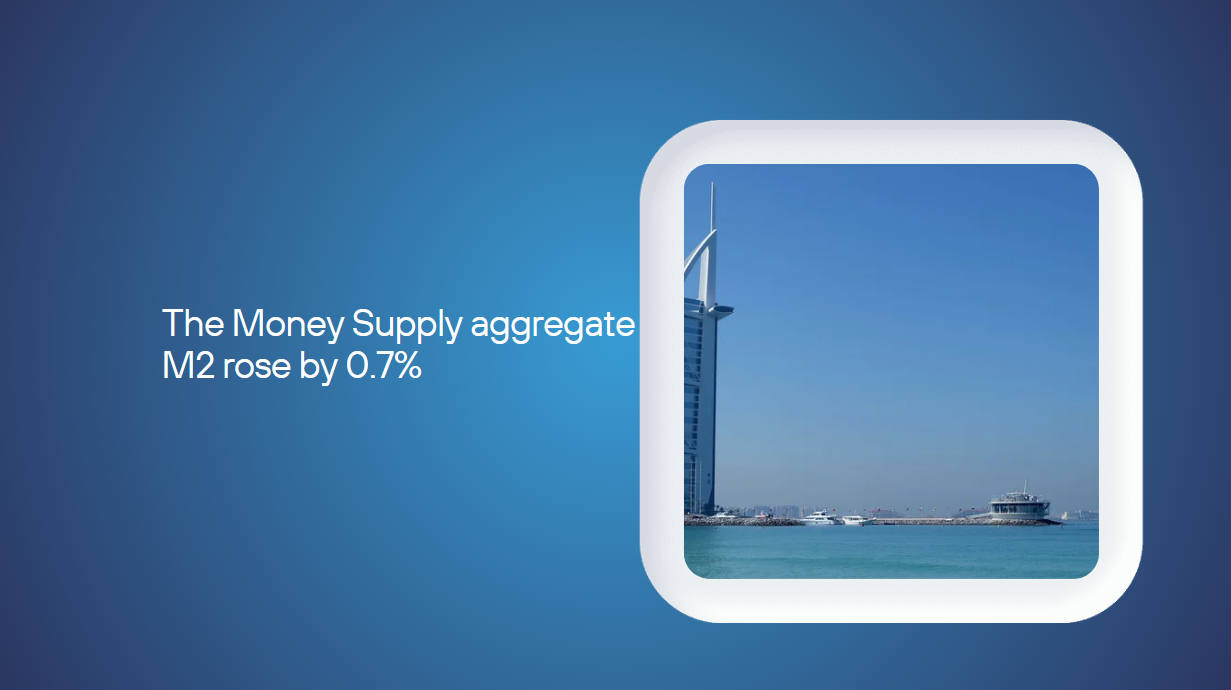OP's economists: Conditions for a turnaround in the Finnish economy have improved
OP Financial Group’s economists estimate that the forecast growth for the Finnish economy in 2024 will remain at 0.0 per cent. The economic forecast predicts a stronger economic upturn for the current year than is currently expected. At the same time, the forecast for GDP growth in 2025 will increase to 1.4 from 1.2 per cent. Decelerating inflation and falling interest rates will also boost the global economy at the year’s end.
OP’s economists estimate that the economic outlook has slightly improved from last autumn. The economic forecast for Finland’s growth is expected to remain at 0.0 per cent, but achieving the forecast will require a slightly stronger economic upturn than was predicted.
“The Finnish economy is far from in the clear, but conditions for improvement are developing. Having faced all the negative economic factors, we should be very pleased if we can get away with such a mild recession, and the risks are not realised,” says Reijo Heiskanen, Chief Economist of OP Financial Group.
As predicted, the Finnish economy fell into a mild recession in 2023. For now, there are no signs of a swift recovery. However, the economic situation does not seem to have deteriorated further, and the outlook has improved slightly from the autumn thanks to decelerating inflation and falling interest rates.
“Despite the recession, the development of the Finnish economy can be described as a soft landing. The various negative factors might well have pushed the Finnish economy into a deeper recession.
The increase of real disposable income increases consumer spending
The volume of Finnish goods exports developed at a relatively steady pace last year despite poor development in world trade. Service exports developed at a surprisingly slow rate. The short-term outlook is modest but will improve slightly towards the end of the year. In 2023, consumer spending decreased slightly while the saving rate increased. The increase in real income will improve consumer spending this year, which will further improve in 2025.
Investment was the weakest link in demand in 2023. Investing decreased in 2024 as well but will improve during the year. Residential building construction investment will take the longest to improve.
Inflation slowed down significantly at the end of the previous year and will remain close to two per cent in the coming years. The labour market started to deteriorate last year as expected, and will continue to do so in the first half of this year. However, the labour market is set to stabilise in the latter half of the year. Employment will improve slightly in 2025, and the unemployment rate will no longer increase.
The financial balance improved when measured against the current account last year. Imports were exceptionally strong in the previous year, and these inventories were reduced in 2023. At the same time, saving increased among households. The public sector balance weakened significantly and will remain weak.
“The largest challenges faced by the Finnish economy are more of a structural nature than they are to do with the economic situation. The clearest and most easily remedied issue is the public sector’s structural deficit, which displaces higher productivity activities in the private sector, estimates Chief Economist Heiskanen.
After a soft landing, the global economy is approaching steadier ground
The global economy grew by approximately three per cent last year. Growth was better than expected at the start of 2023 but faded at the end of the year. Global economic growth is also expected to remain below average in 2024. However, the economy will start to improve at the end of the year, when inflation will decelerate, and interest rates will fall.
Economic growth in the euro zone was sluggish in 2023, with the economy falling into recession at the end of the year. Development will remain weak, but the outlook is set to improve near the end of the year, as the euro zone will also enjoy decelerating inflation and falling interest rates.
Inflation has largely decelerated in developed countries towards the generally targeted rate of two per cent. However, the labour market remains strong, and the increase in wages is swifter in various countries than required by the targeted rate of two per cent, which maintains risks. Inflation expectations have returned to a rate of approximately two per cent, which is a positive sign for long-term prospects.
There is still no sign of relief for central banks. As inflation settles at around two per cent, both the European Central Bank and the US Federal Reserve Bank can start relaxing their policies during the year. However, while the economies continue to pick up and develop, there is no reason for central banks to lower interest rates swiftly.
“An excessively fast increase in wages prevents central banks from lowering interest rates swiftly. Monetary policy remains relatively tight, which slows down economic growth and wage pressures. The central banks will lower their interest rates sooner or later this year,” says Lead Economist Tomi Kortela.
The risks of a good basic forecast are larger than normal. The risks of inflation are apparent when the economy improves in a situation where the labour market is strong. On the other hand, there are many indicators predicting various developing economies will fall into recession or stay there.
There are no clear signs of improvement. The risks faced by the Finnish economy are mainly related to the development of export markets. The weak situation of the domestic construction sector and the high level of bankruptcies increase risks for the labour market. In addition, the tightened situation in the labour market with its strikes may weigh on development, at least in the near future.
“There are few soft landings in economic history. If negative risks are not realised, and the global economy has a soft landing as predicted, we will be in an unusual situation. Typically, the economy falls from a boom into a relatively short recession, followed by prolonged growth. It would be bold to think that we would see a long period of stronger than average growth after a soft landing,” says Heiskanen.
OP Financial Group’s economic forecasts are available here (in Finnish): https://www.op.fi/op-financial-group/to-the-media/publications/economic-barometers





















































First, please LoginComment After ~